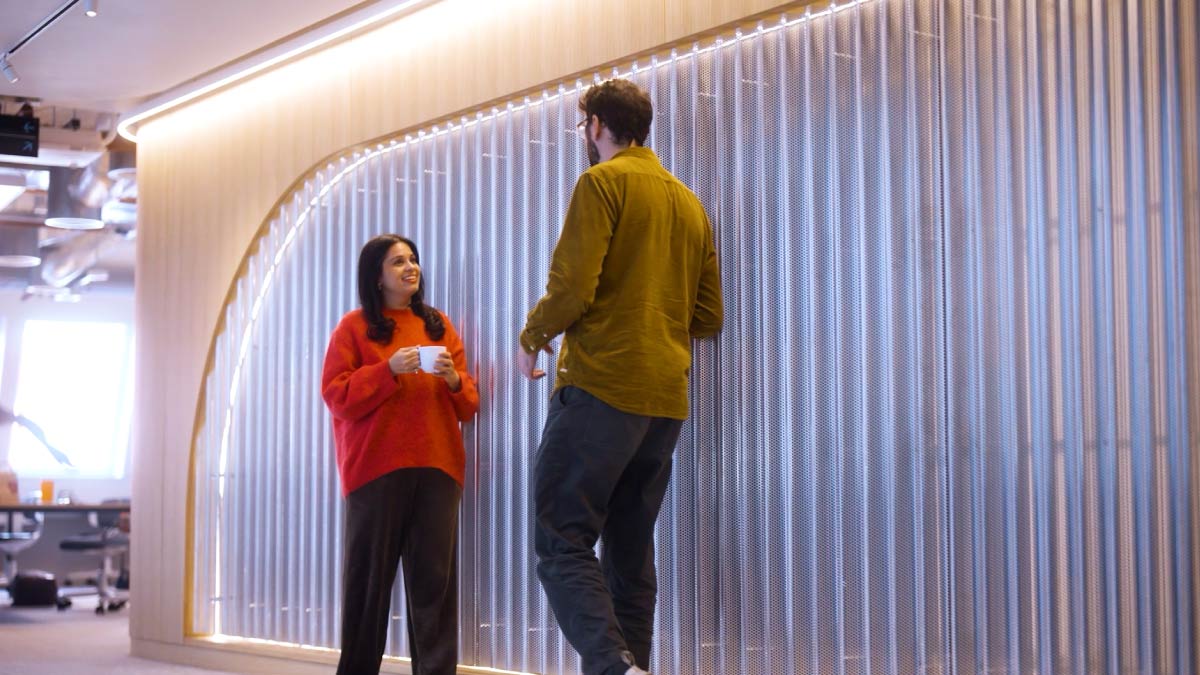HONG KONG, April 25, 2007 - Cisco® today announced that Mr. John N. Stewart, the company's vice president and chief security officer, Corporate Security Programs, has conducted a series of meetings this week with members of the media in four different Asian countries using Cisco TelePresence. While in Hong Kong, Mr. Stewart spoke via TelePresence with analysts and media in Australia, India, Korea and Singapore about key issues involving information and network security.
"It's an exciting experience to meet with analysts and media throughout Asia 'face-to-face' via Cisco TelePresence," Mr. Stewart said. "From Hong Kong, in two days I spoke about global security topics with media from four different countries using TelePresence, and the experience felt as if we were meeting across the table. I truly believe that these meetings could not have been done as cost-effectively or efficiently - or at all - traveling to all four locations in such a short amount of time."
Businesses of all kinds in Asia, and elsewhere, are affected by network security issues. A growing number of attacks are directed at particular companies, tailored to their infrastructure, and designed for their people or processes. Mr. Stewart, as the head of Cisco Corporate Security Programs, provides leadership and direction to multiple corporate security teams. He is visiting the region to share his insights with Asian companies on network threats and best practices for achieving tighter network security for distributed enterprises.
Mr. Stewart pointed to recent research commissioned by Cisco that examined the growing phenomenon of businesses enabling employees to work anywhere and anytime. The global research, which was conducted by an independent, third-party market research firm in the United States, showed that although many workers around the world claim to be aware of security issues, they frequently engage in risky online behavior that can jeopardize corporate and personal information. Risky behavior, which includes using a neighbor's wireless connection, sharing work computers with non-employees, opening suspicious e-mails and attachments, and Internet shopping, heightens security risks for information technology (IT) departments.
"As businesses become more collaborative and more distributed, and the workplace extends to employees' homes and public places such as airports, hotels and coffee shops, the challenge to protect company information and to ensure secure business operations becomes greater," Mr. Stewart said. As a result, the role of IT and security teams - and their opportunities - is evolving.
"Just focusing on technology is not enough," Mr. Stewart said. "Today's IT and security teams still need to have technical skills, but they also need to be communications professionals. They need to establish relationships with their users, earn their trust, and take on a consultative, educational role within their companies. By doing this, IT and security teams can evolve beyond the traditional image of being reactive, tactical, and back-office functions and become strategic assets that proactively protect against and prevent security threats from becoming full-blown problems, even as businesses become more mobile and distributed."
In addition to the proactive impact of security on profitability, Mr. Stewart added that Cisco TelePresence can extend the value of collaboration and communication while enabling companies to enhance cost-containment efforts. The new product creates live, 'face-to-face' meeting experiences over an Internet Protocol (IP) network and was an integral part of Mr. Stewart's visit from Cisco's U.S. headquarters. The solution's life-size, ultra-high-definition 1080p video, spatial audio and specially designed high-definition cameras, coupled with the reliability of the Cisco network infrastructure, enabled a natural flow of conversation and real-time interaction between Mr. Stewart and the media.
Not only was the video environment collaborative, but the technology enabled one of Cisco's key executives and several media organizations to save time and travel expenses without undermining the quality of their engagements. The use of TelePresence supports Cisco's Carbon to Collaboration initiative, a US$20 million investment in collaborative technologies that aims to reduce the need for air travel and ultimately drive a minimum 10 per cent reduction in Cisco's carbon emissions in 2007.



